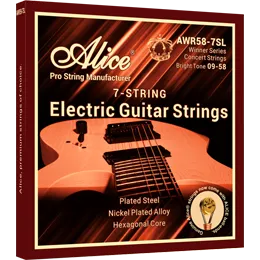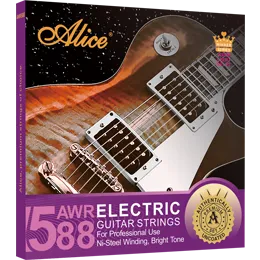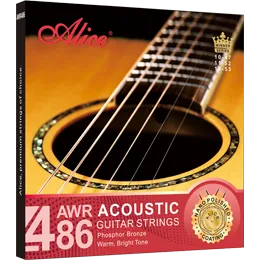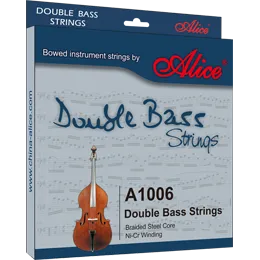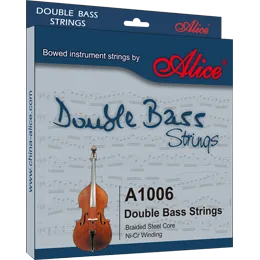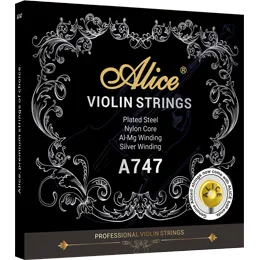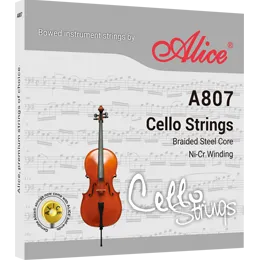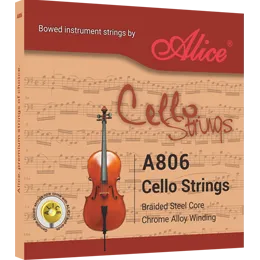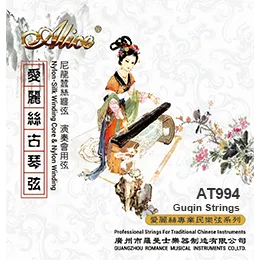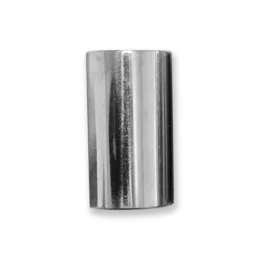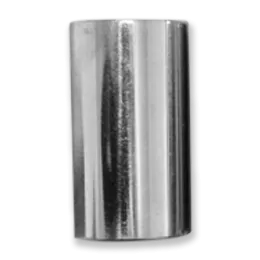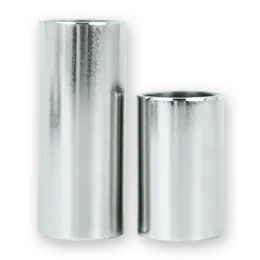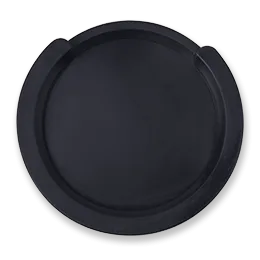The Complete Guide to Orchestral Strings: Everything You Need to Know
Orchestral string instruments are the heartbeat of classical music. From the soaring violin melodies to the rich, resonant tones of the double bass, the string section brings emotional depth, texture, and cohesion to an orchestra. But behind every beautiful performance lies a carefully selected set of orchestral strings—not just the instruments themselves, but the strings that define their tone, responsiveness, and projection.
Whether you’re a student, a performer, or a music enthusiast, understanding orchestral strings—their types, materials, construction, and selection—can deepen your appreciation and improve your performance.
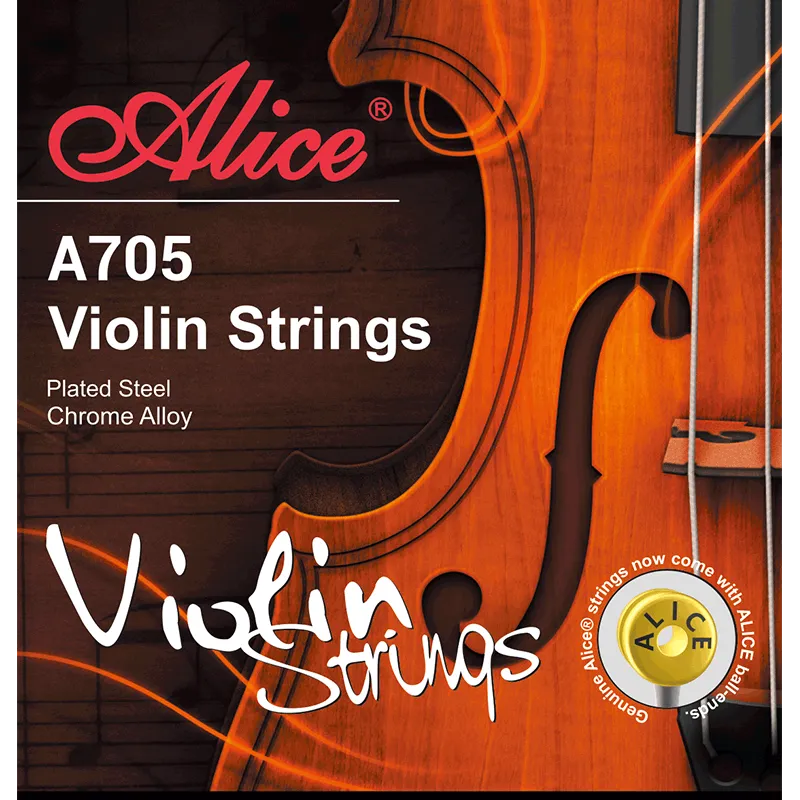
1. The Orchestral String Family
The standard orchestral string section includes four instruments:
Violin – The smallest and highest-pitched string instrument, often carrying the melody.
Viola – Slightly larger than the violin with a deeper, warmer tone.
Cello – Played seated, with a rich midrange and powerful bass.
Double Bass – The largest member, providing foundational low frequencies.
Each instrument requires specially designed strings that accommodate their unique size, tuning, and tonal requirements.
2. Types of String Cores
The core of a string—its inner material—determines much of its sound, tension, and feel. There are three main types of cores used in orchestral strings:
a. Gut Core
Made from sheep intestine, sometimes wrapped in silver or copper.
Warm, complex, and rich tone; favored in Baroque and early Classical music.
Sensitive to humidity and temperature; requires frequent tuning.
Lower tension, softer feel under the fingers.
b. Steel Core
Made from solid or stranded steel.
Bright, direct tone with excellent tuning stability.
Durable and less affected by climate changes.
Popular with students, orchestras, and crossover musicians.
c. Synthetic Core
Made from nylon or composite fibers.
Designed to mimic gut tone with the stability of steel.
Warm, round sound with more stability than gut.
Versatile choice for intermediate and advanced players.
3. String Winding Materials
Orchestral strings are often wound with metals to fine-tune their sound and feel:
Nickel – Bright, balanced, corrosion-resistant.
Silver – Warm and mellow, often used on lower strings.
Tungsten – Dense and responsive; used for powerful low-end.
Chrome – Durable and smooth, good for longevity and consistent tone.
Winding materials influence not just tone, but also how the string responds to bowing and finger pressure.
4. Tension and Gauge
Tension refers to how tight the string is when tuned to pitch. It affects playability, projection, and tone:
Low tension – Softer feel, more flexible, darker tone.
Medium tension – Balanced across tone and playability (most common).
High tension – Louder projection, brighter sound, but can feel stiff.
Choosing the right tension depends on your playing style, bowing strength, and instrument responsiveness.
5. Matching Strings to Playing Style
Different genres and playing approaches call for different types of strings:
Classical Soloists may prefer gut or synthetic-core strings for warmth and nuance.
Orchestra Players often choose synthetic or steel-core strings for blend and stability.
Jazz and Crossover Artists lean toward steel-core strings for clarity and power.
Baroque Musicians favor gut strings for historical authenticity.
6. Proper String Maintenance
To preserve sound quality and lifespan, orchestral strings require regular care:
Wipe strings after each use to remove rosin and sweat.
Avoid touching strings with bare hands during installation.
Change strings regularly—every 3–6 months for frequent players.
Monitor for signs of wear like fraying, flat spots, or poor tuning stability.
7. Popular String Brands and Options
Dozens of string brands offer products for all levels of players. While premium brands cater to professionals, there are high-quality options available for students and intermediate musicians. Key considerations when choosing strings:
Instrument compatibility
Desired tone color (bright vs warm)
Budget
Playing frequency and conditions (climate, humidity, touring)
8. Frequently Asked Questions
Q: How often should I change orchestral strings?
A: For professionals, every 3–6 months. Students can change them every 6–12 months, depending on usage.
Q: Can I mix different brands or string types on one instrument?
A: Yes, many advanced players mix strings to balance tone and response.
Q: Are gut strings worth it for beginners?
A: No, gut strings are delicate and require advanced tuning skills. Steel or synthetic core is recommended for beginners.
About Alice Orchestral Strings
Alice Strings is a trusted global brand offering high-quality orchestral strings for violins, violas, cellos, and double basses. With years of experience in string manufacturing and a dedication to innovation, Alice blends traditional craftsmanship with modern materials to meet the needs of musicians at every level.
Alice’s orchestral string line features various core options—including steel and synthetic—for outstanding tone, tuning stability, and durability. Whether you're a student, ensemble performer, or soloist, Alice provides consistent, reliable strings that bring your instrument to life.
Relate News
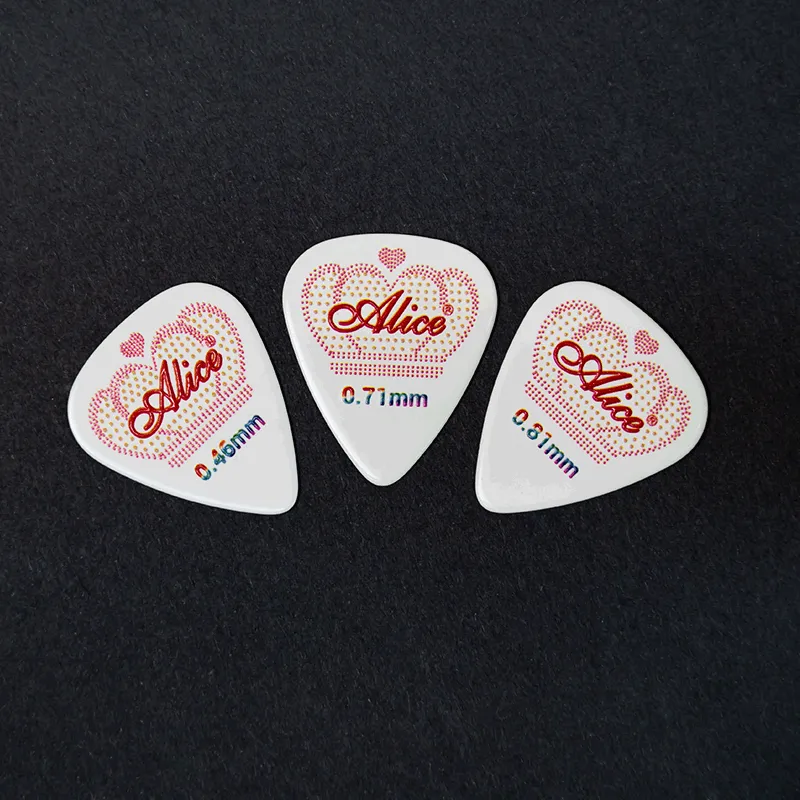

Electric Guitar Strings Gauge Chart: A Complete Guide for Guitarists
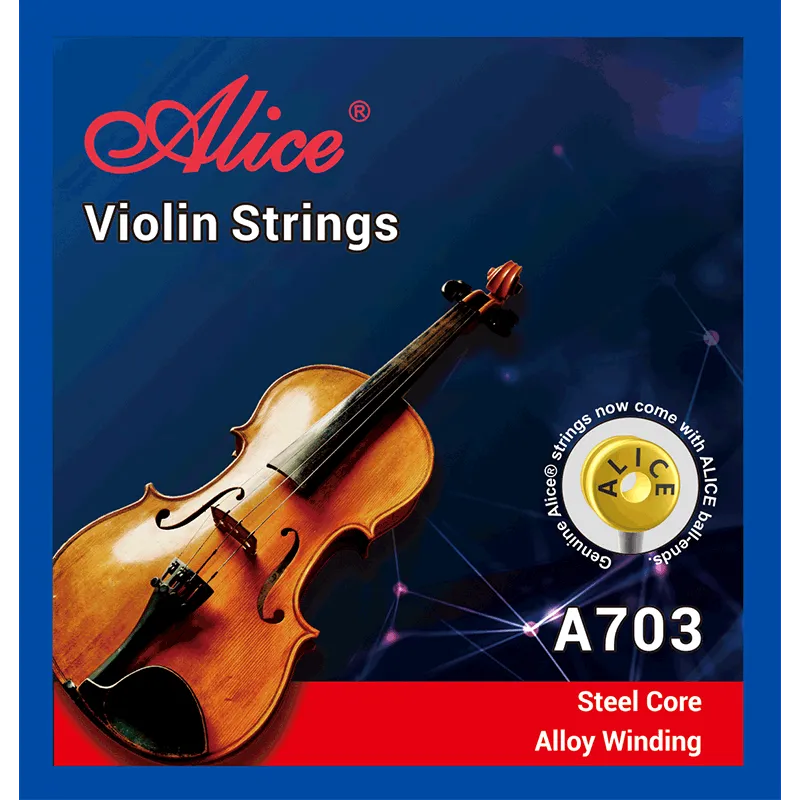
What Are Violin Strings Made Of?
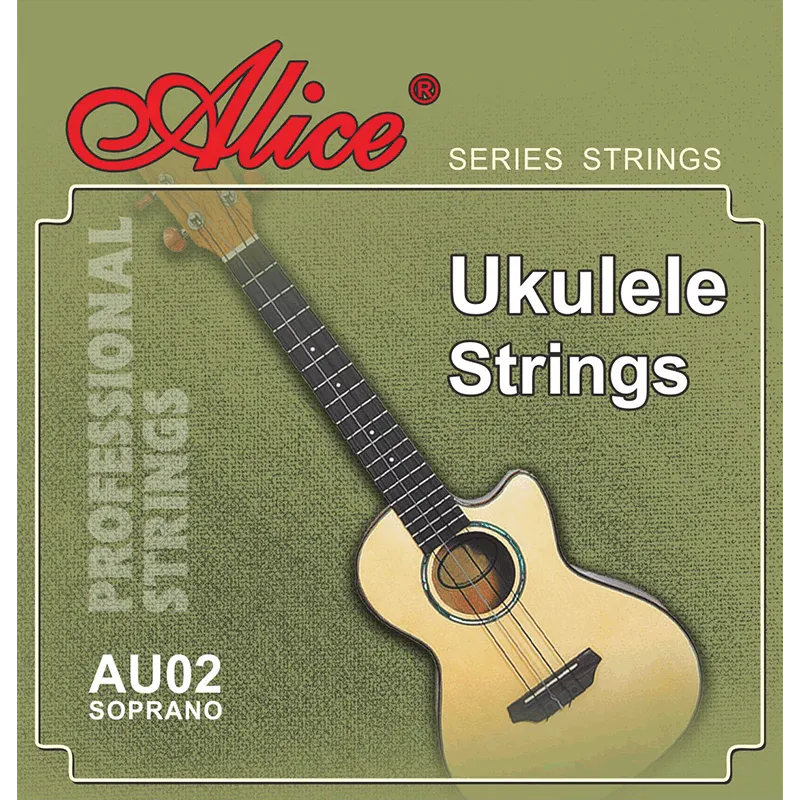
Folk Instrument Strings: Types, Materials & How to Choose the Right Set
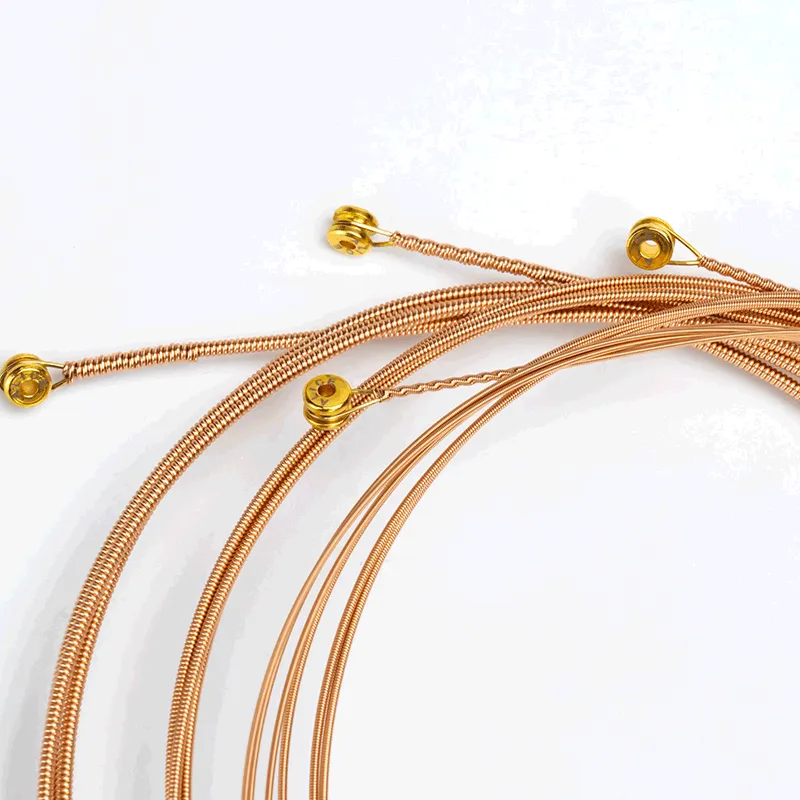
Which Acoustic Guitar Strings Fit Different Music Styles Best?

Common Guitar String Problems: How to Fix Tuning Issues, Rust, and String Breakage

Complete Guide to Guitar String Materials: Which One Is Right for You?
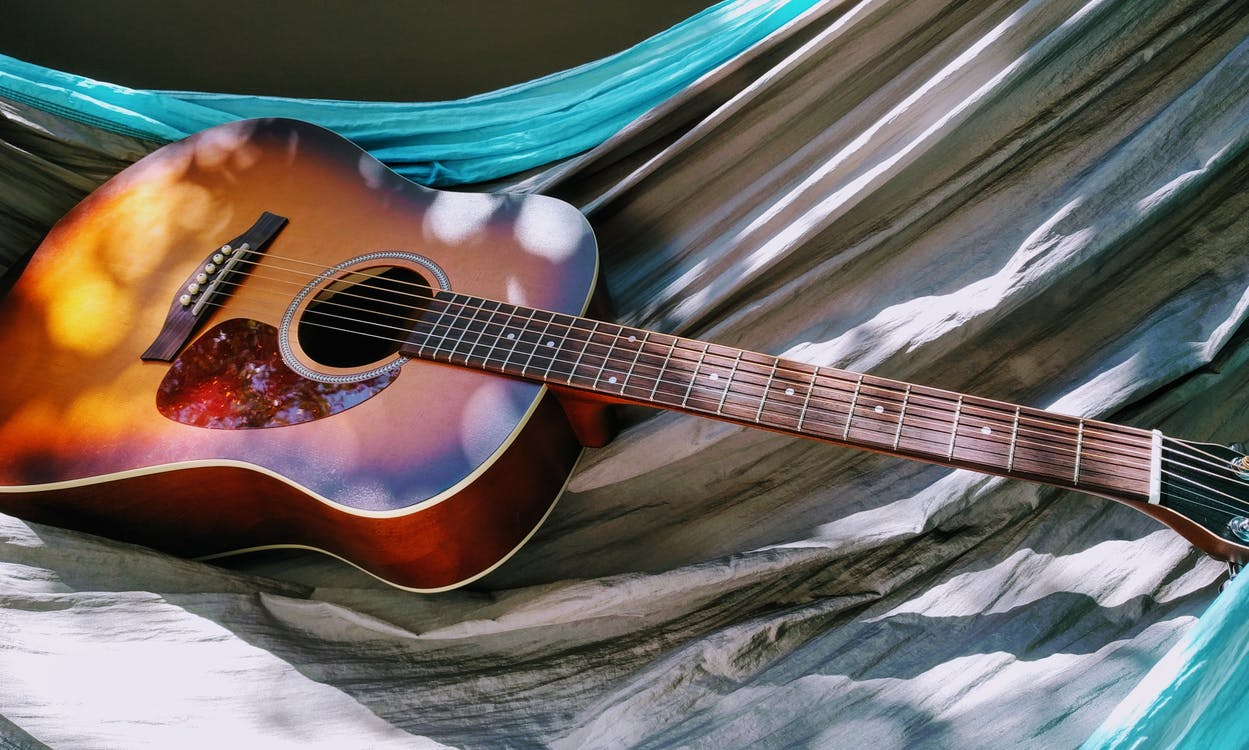
Inside the Craftsmanship: The Manufacturing Process of Guitar Strings
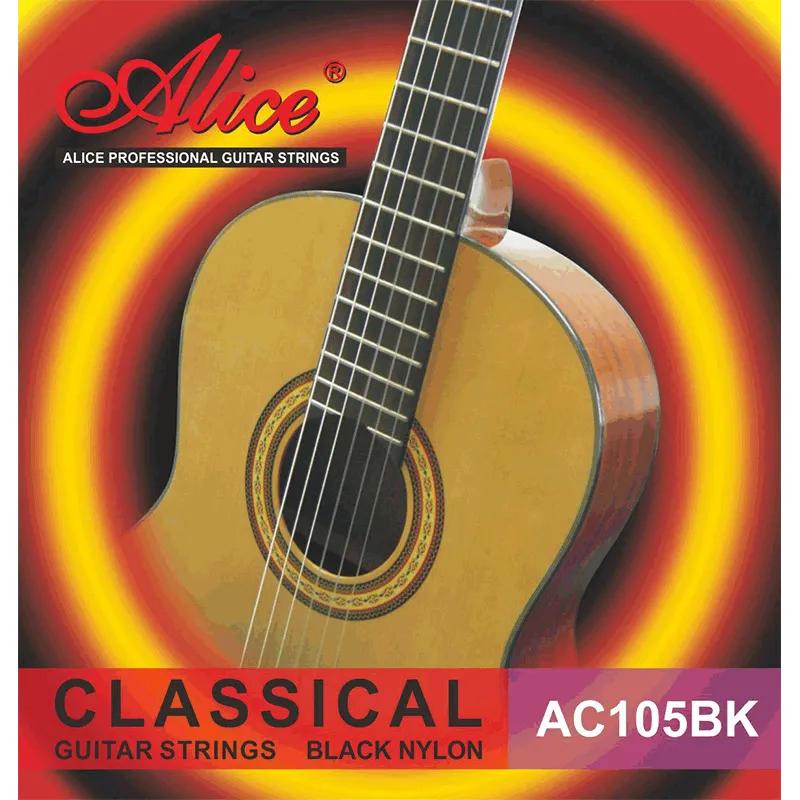
Wholesale Guitar String Purchasing: A Practical Guide for Retailers and Distributors
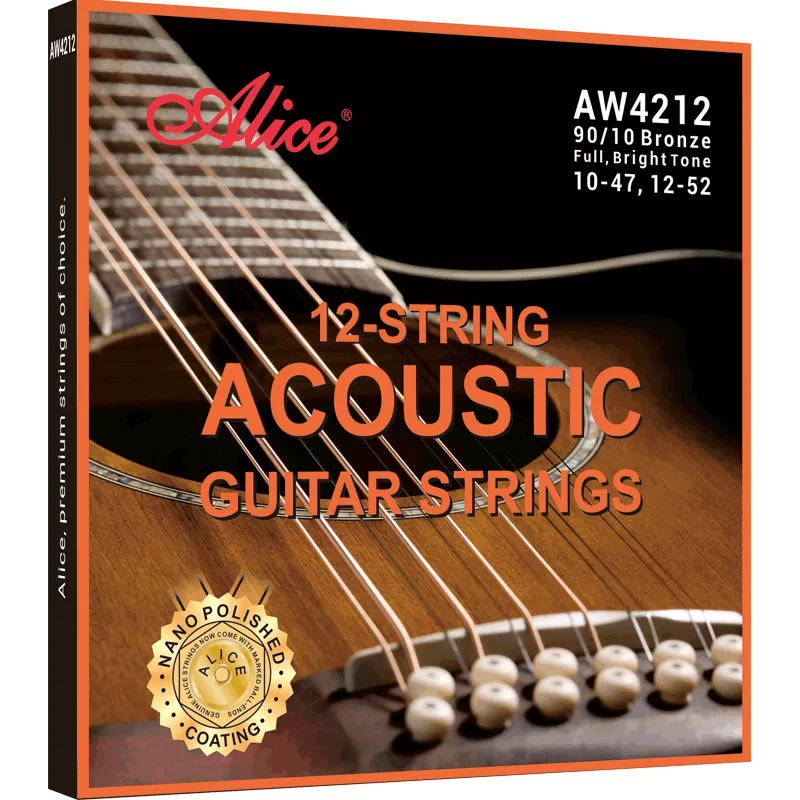
How to Choose the Right Guitar String Models for Export Markets

How Alice Guitar Strings Compare to Leading Brands



